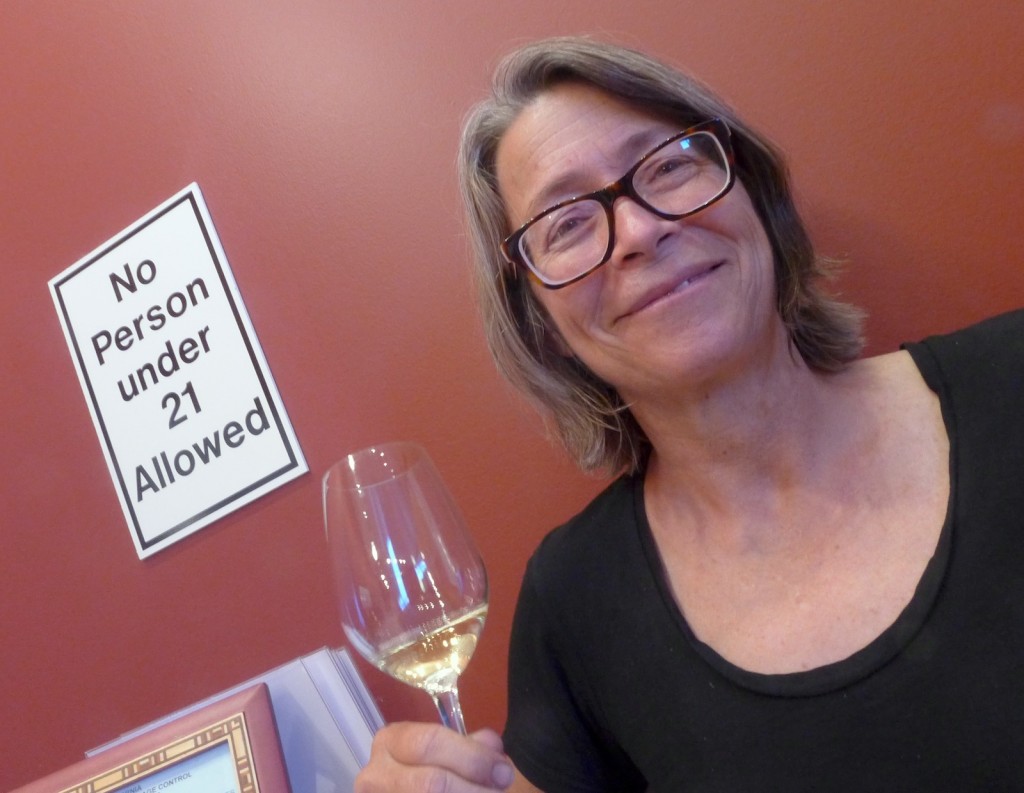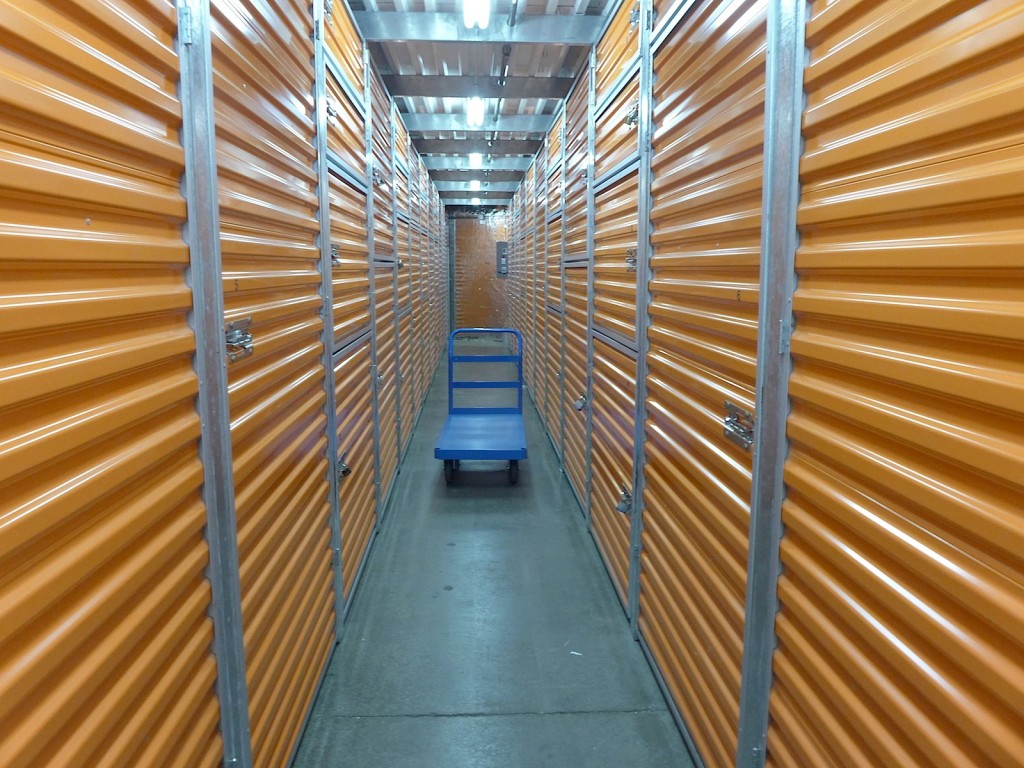San Francisco and its hedonistic food and wine culture have fascinated me since I first travelled here from London back in the summer of 1986, so it seemed appropriate that I should come here to present BEST WHITE WINE ONE EARTH – The Riesling Story. I’ve known Dade and Petra Thieriot of Dee Vine wines, an importer of high-end German wines (mostly Riesling with a strong emphasis on the Mosel, from where Petra originates) for many years and when they suggested we do this together it immediately made a lot of sense. The initially tentative plans rapidly developed into three separate events, of which yesterday’s tasting for consumers at Wine Bank in Palo Alto (a wine storage facility where anyone can rent space – scroll down for an image) was the first.
My experience is that when you put together the right combination of people, wine (Riesling is really good at this!) and location things start happening that you could never have planned. When I walked in through the door the first person I saw was my colleague John Haeger who’s currently writing a book about dry Riesling. He was of invaluable assistance, rattling off spot-on descriptions of the German Rieslings we tasted that left me to concentrate on giving the packed tasting room of Wine Bank an idea of how Riesling ticks and the kind of things they will find out when they read my book.
During the flurry of book signing at the end I turned around and suddenly there was Sue Moore of Let’s be Frank, the gourmet hotdog company who I’d met in LA back in 2012 (pictured above). Those of you who already have my book will know that on the inside of the back cover is a list of food and wine pairings, and that one of those is hotdogs with medium-dry or medium-sweet Riesling. On paper the 2008 Riesling Kabinett from Prinz in Hallgarten/Rheingau is at the upper end of that sweetness range, but bottle-ageing makes all wines taste drier, and this wine has dried out to the point it tastes medium-dry in an elegantly sexy way that no young wine can ever do. No wonder Sue Moore loved it and placed an order. I have to warn you that she wasn’t the only one, and by the time you read this that wine may be sold out. No wonder! $22,50 for a mature wine of this beauty is not very much.
There was also a wine from Fred Prinz in the dry section of the tasting and I think these were the wines that most surprised the group. Dry Riesling is still seriously under-appreciated in the Bay Area, although one of America’s finest dry Rieslings, that from Smith Madrone (more on that producer in a few days time) of Spring Mountain/Napa Valley grows a short drive from San Francisco. On top of this, the great fish and seafood you get in this part of California scream out for dry Riesling. The group seemed to have no problem at all with the acid in these wines, which is often supposed to be dangerously high by those unfamiliar with them, and they were amazed by the richness of aroma and texture in the wines from Keller of Flörsheim-Dalsheim/Rheinhessen and Clemens Busch of Pünderich/Mosel. That reminded me of the quantum leap in quality dry German Riesling has made since the turn of the century, one important theme of my book.
Here in America there’s still a tendency amongst somms and other wine professionals to believe that the sweet Kabinett and Spätlese wines are the real German Rieslings, the timeless classics, rather than just the style they’re most familiar with. In fact, it’s the other way around with those sweet wines only existing in roughly their present form since the early 1970s. By then the production of dry Riesling in Germany, which had dwindled ever further through the 1960s had almost ceased. This lead to all kinds of assumptions being made and German Riesling being pushed into a box. The truth is that also in Germany Riesling is a wine that spans the entire range from bone dry to honey sweet and from featherlight to ton-heavy. This and all the variations resulting from terroir (location) and winemaker (style) is what makes Riesling endlessly fascinating.
Various vertical tastings in recent years have driven home to me that the new dry German Rieslings are actually a reinvention of earlier extinct wine styles. This neatly fits Northern California’s broader culture, which is ceaselessly reinventing itself. Dry Riesling belongs on dining tables in this state next to the Dungeness crab, the lobster, salmon and uni. Welcome to the United States of Riesling!



![120114_riesling_global_RZ [1600x1200]](http://www.stuartpigott.de/wp-content/uploads/2014/07/120114_riesling_global_RZ-1600x12002.jpg)
Excellent blog you’ve got here.. It’s difficult to find high-quality writing like yours these days.
I truly appreciate individuals like you!
Take care!!
My web site: weight loss – Lucio –